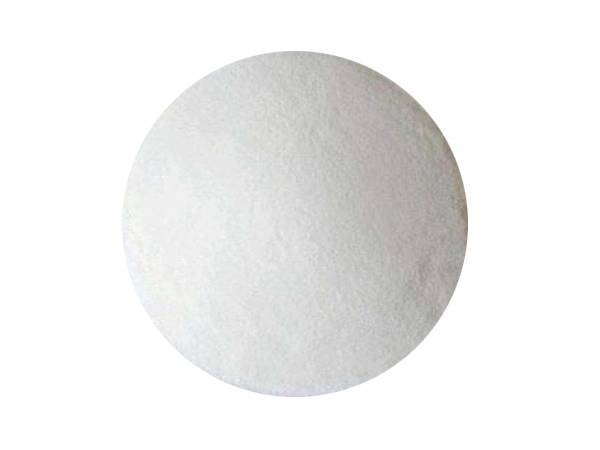



Chemical Properties and Applications of CAS 1310-73-2 in Various Industries
Understanding the Chemical Profile of CAS No. 1310-73-2
CAS No. 1310-73-2 refers to sodium hydroxide, a highly versatile and widely used chemical compound. Commonly known as lye or caustic soda, sodium hydroxide is an inorganic substance that appears as a white, solid ionic compound and is highly soluble in water. Its numerous applications span various industries including manufacturing, food processing, and pharmaceuticals, making it a critical chemical in modern society.
Chemical Properties and Structure
Sodium hydroxide consists of sodium cations (Na+) and hydroxide anions (OH-). When dissolved in water, it dissociates into these ions, which contribute to its strong alkaline nature. The pH of a sodium hydroxide solution can exceed 13, which makes it one of the most potent bases available. The chemical formula is NaOH, and its molecular weight is approximately 40 grams per mole. Due to its strong alkalinity, sodium hydroxide can react vigorously with acids, leading to a variety of chemical reactions.
Applications of Sodium Hydroxide
1. Industrial Manufacturing Sodium hydroxide plays a crucial role in the production of various industrial chemicals. It is used in the synthesis of chlorine, sodium hypochlorite (bleach), and sodium carbonate (soda ash). The chemical's ability to facilitate reactions and act as a strong base makes it an essential component in many chemical processes.
2. Pulp and Paper Industry In the pulp and paper industry, sodium hydroxide is utilized in the pulping process to break down wood chips into cellulose fibers. It helps in the removal of lignin, which is responsible for the rigidity in wood, making the fibers suitable for papermaking.
cas no 1310 73 2

3. Cleaning Agents One of the most common uses of sodium hydroxide is in household and industrial cleaning products. Its caustic nature allows it to dissolve grease, oils, and proteins efficiently. As a result, sodium hydroxide is frequently found in drain cleaners and oven cleaners.
4. Food Processing In the food industry, sodium hydroxide is used for various purposes, including curing olives and making pretzels. It acts as a pH regulator and is instrumental in processes that require the leaching of certain substances.
5. Pharmaceuticals The pharmaceutical sector also relies on sodium hydroxide in the production of medications. It is involved in the manufacturing of certain drugs and is utilized to maintain pH levels in medicinal formulations.
Safety and Handling
While sodium hydroxide is an incredibly useful chemical, it is essential to handle it with care due to its caustic properties. Direct contact with skin or eyes can cause severe burns, and inhalation of its dust or mists can lead to respiratory issues. Personal protective equipment, including gloves and goggles, should always be used when working with sodium hydroxide, and proper training is crucial for anyone handling this compound.
Conclusion
In summary, CAS No. 1310-73-2, or sodium hydroxide, is a fundamental chemical with a broad range of applications across various industries. Its strong alkaline nature makes it invaluable in processes from manufacturing to food preparation. However, due to its hazardous properties, appropriate safety measures must be taken. Understanding both the benefits and the risks associated with sodium hydroxide is vital for its safe and effective use in industrial and commercial applications. As we continue to innovate and expand industrial practices, sodium hydroxide will remain a key player in chemical manufacturing and beyond.
-
Why Sodium Persulfate Is Everywhere NowNewsJul.07,2025
-
Why Polyacrylamide Is in High DemandNewsJul.07,2025
-
Understanding Paint Chemicals and Their ApplicationsNewsJul.07,2025
-
Smart Use Of Mining ChemicalsNewsJul.07,2025
-
Practical Uses of Potassium MonopersulfateNewsJul.07,2025
-
Agrochemicals In Real FarmingNewsJul.07,2025
-
Sodium Chlorite Hot UsesNewsJul.01,2025










